In the world of surface treatment and maintenance, the debate between laser rust removal and chemical rust removal is becoming more and more heated. As someone who has been involved in the surface treatment industry for many years, I have witnessed the evolution of these two methods firsthand. In this article, I will take a deep look at the pros and cons of laser rust removal and chemical rust removal, and explore whether laser rust removal has the potential to replace chemical rust removal.
1. Understanding Laser Rust Removal
The Principle Behind Laser Rust Removal
Laser rust removal operates on a fascinating principle. It utilizes high – energy laser beams to target the rust layer on a surface. When the laser beam hits the rust, the energy is absorbed, causing the rust to rapidly heat up. This intense heat leads to vaporization or sublimation of the rust, effectively breaking it down into tiny particles. Additionally, the rapid heating and cooling create a thermal shock that helps to detach the rust from the underlying substrate.
One of the key advantages of laser rust removal is its precision. The laser can be focused on a very small area, allowing for targeted rust removal without damaging the surrounding material. This is particularly useful when dealing with delicate components or surfaces where over – cleaning could be a concern.
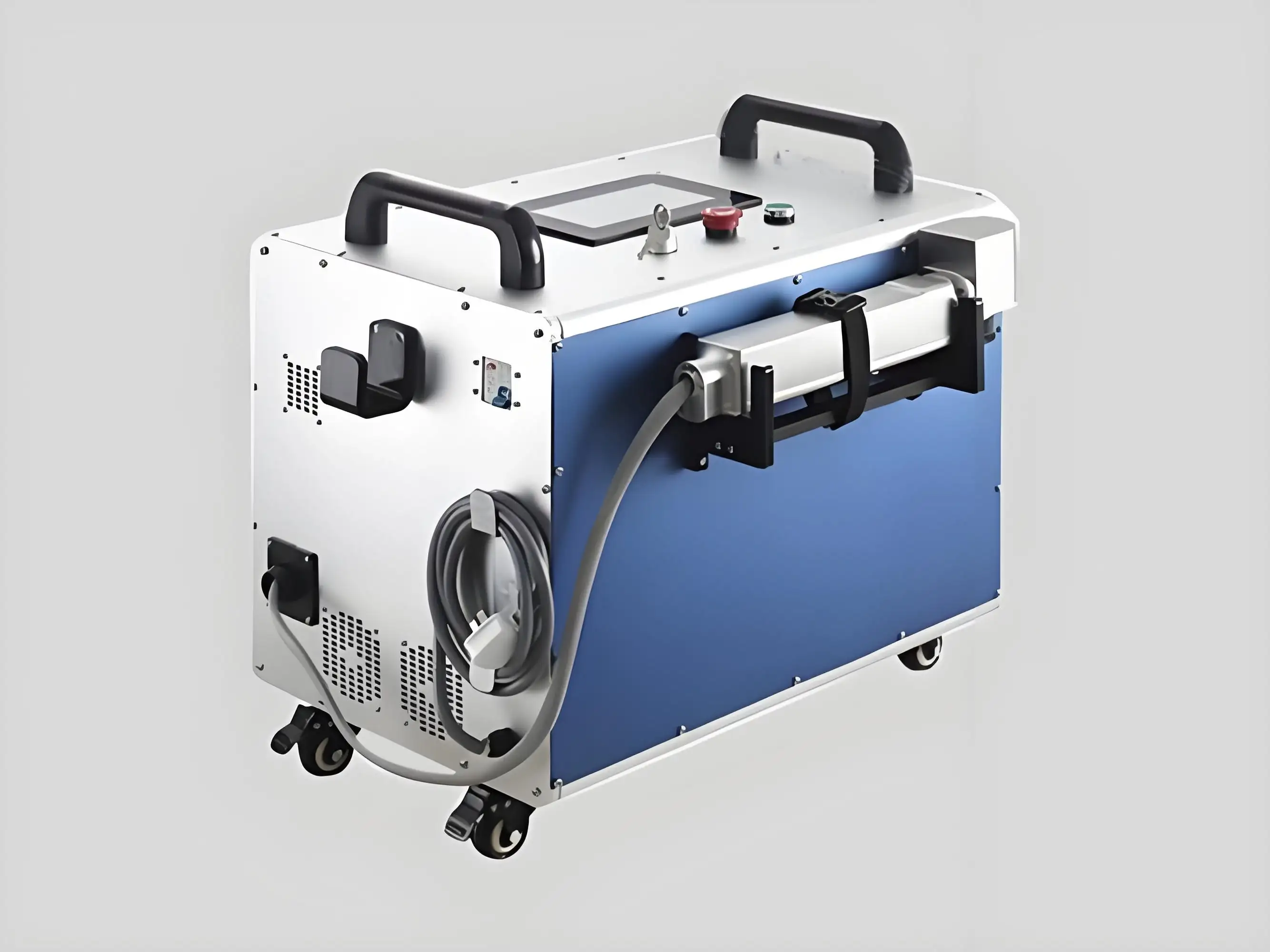
Types of Laser Rust Removal Machines
There are different types of laser rust removal machines available in the market. Fiber lasers are a popular choice due to their high efficiency and beam quality. They can generate high – power laser beams with a relatively small spot size, making them ideal for removing rust from various materials. CO₂ lasers are also used, especially for removing rust from non – metallic materials or for applications where a larger beam size is acceptable.
The power of the laser also varies. Low – power lasers are suitable for light rust removal on small parts, while high – power lasers can handle heavy rust on large structures. The choice of laser type and power depends on the specific rust removal requirements.
2. Understanding Chemical Rust Removal
The Process of Chemical Rust Removal
Chemical rust removal involves the use of chemical solutions to dissolve or convert the rust into a more soluble form. Common chemical agents used include acids like hydrochloric acid, sulfuric acid, and phosphoric acid. These acids react with the iron oxide (rust) to form soluble salts, which can then be washed away with water.
Chemical rust removal is a well – established method and has been used for many years. It is relatively simple to implement and can be effective for removing rust from a wide range of materials. However, it also has its drawbacks, which we’ll discuss later.
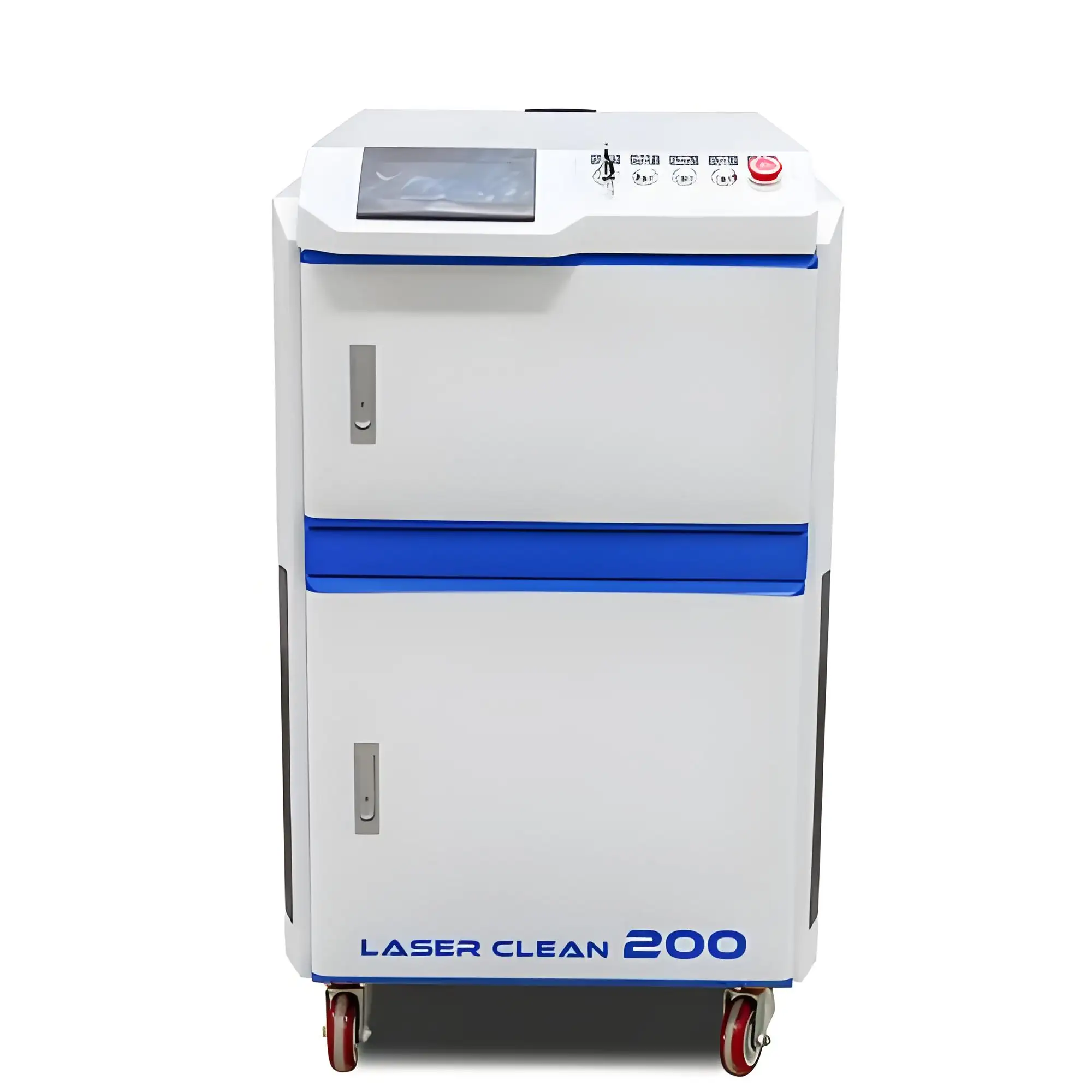
Different Chemical Rust Removal Methods
There are several chemical rust removal methods. Immersion is one of the most common, where the rusted object is submerged in a chemical bath. This allows the chemical solution to come into contact with all the rusted surfaces. Spraying is another method, where the chemical solution is sprayed onto the rusted area. This is useful for large surfaces or for reaching areas that are difficult to immerse.
The choice of method depends on factors such as the size and shape of the object, the severity of the rust, and the available equipment.
3. Advantages of Laser Rust Removal
Environmental Friendliness
One of the most significant advantages of laser rust removal is its environmental friendliness. Unlike chemical rust removal, which often involves the use of hazardous chemicals that can harm the environment if not properly disposed of, laser rust removal is a clean process. It does not produce any chemical waste, and the only by – product is the rust debris, which can be easily collected and disposed of.
In today’s world, where environmental regulations are becoming increasingly strict, laser rust removal offers a more sustainable solution. It helps to reduce the risk of chemical spills and contamination, making it a preferred choice for many industries.
Precision and Control
As mentioned earlier, laser rust removal provides a high level of precision and control. The operator can adjust the laser parameters, such as power, pulse width, and frequency, to suit the specific rust removal requirements. This allows for precise rust removal without damaging the underlying material.
For example, in the automotive industry, where precision is crucial, laser rust removal can be used to remove rust from engine components or body panels without affecting the surrounding areas. This level of control is difficult to achieve with chemical rust removal methods.
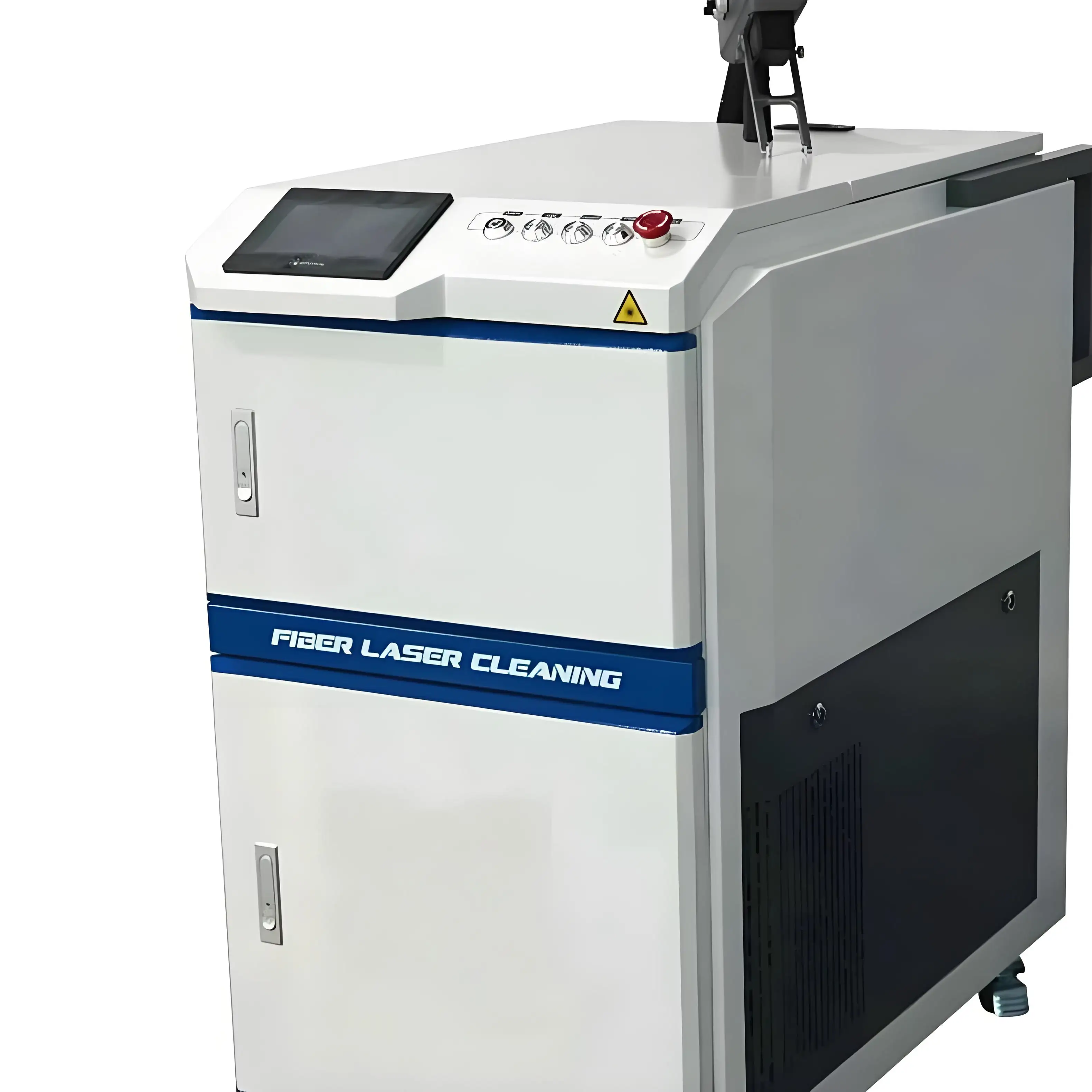
No Residue
Another advantage of laser rust removal is that it leaves no residue on the surface. After the rust is removed, the surface is clean and ready for further processing, such as painting or coating. In contrast, chemical rust removal may leave behind traces of the chemical solution, which can affect the adhesion of subsequent coatings.
Versatility
Laser rust removal can be used on a wide range of materials, including metals like steel, aluminum, and copper, as well as some non – metallic materials. It is effective for removing different types of rust, from surface rust to heavy, encrusted rust. This versatility makes it a valuable tool in various industries, such as manufacturing, construction, and marine.
Laser Rust Removal Advantages Summary Table**
| Advantage | Description |
|---|---|
| Environmental Friendliness | No chemical waste, reduces risk of contamination |
| Precision and Control | Adjustable laser parameters for targeted rust removal |
| No Residue | Clean surface after rust removal, good for subsequent processing |
| Versatility | Suitable for various materials and types of rust |
4. Disadvantages of Laser Rust Removal
High Initial Cost
One of the main drawbacks of laser rust removal is its high initial cost. Laser rust removal machines are expensive to purchase, especially high – power industrial models. This can be a significant barrier for small businesses or companies with limited budgets.
In addition to the machine cost, there are also ongoing costs associated with maintenance, spare parts, and energy consumption. These costs need to be taken into account when considering the overall cost – effectiveness of laser rust removal.
Limited Speed for Large – Scale Projects
While laser rust removal is efficient for small to medium – sized projects, it may not be the fastest option for large – scale rust removal tasks. The laser beam has a relatively small spot size, which means that it takes time to cover a large surface area. In contrast, chemical rust removal methods can be applied to large objects quickly by immersion or spraying.
Safety Concerns
Laser rust removal machines operate using high – energy laser beams, which can pose safety risks if not handled properly. Operators need to wear appropriate personal protective equipment, such as laser safety goggles, to protect their eyes from the laser beam. There is also a risk of burns from the high – temperature rust debris generated during the process.
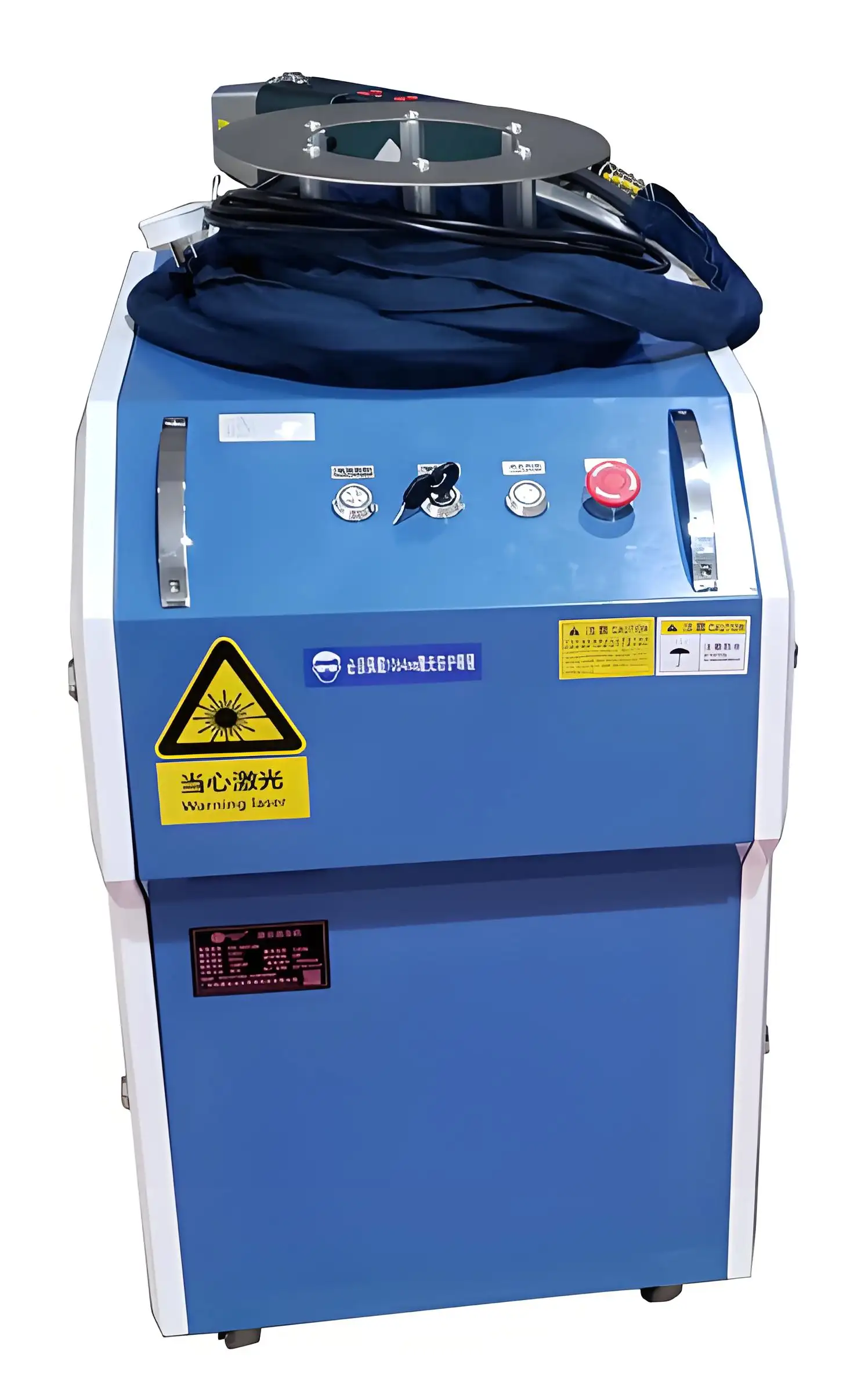
5. Advantages of Chemical Rust Removal
Low Initial Cost
Chemical rust removal is generally more affordable in terms of initial cost compared to laser rust removal. The chemical solutions used are relatively inexpensive, and the equipment required, such as tanks for immersion or spray guns, is also not overly expensive. This makes it a cost – effective option for small businesses or for companies that have a large volume of rust removal work but limited budget.
Fast for Large – Scale Applications
As mentioned earlier, chemical rust removal methods can be applied to large objects quickly. Immersion in a chemical bath allows the solution to come into contact with all the rusted surfaces simultaneously, resulting in fast rust removal. This makes it a preferred choice for industries that deal with large – scale rust removal, such as shipbuilding or bridge maintenance.
Widely Available
Chemical rust removal solutions and equipment are widely available in the market. You can easily purchase them from hardware stores, chemical suppliers, or online retailers. This makes it convenient for users to obtain the necessary materials for rust removal.
Chemical Rust Removal Advantages Summary Table**
| Advantage | Description |
|---|---|
| Low Initial Cost | Affordable chemical solutions and equipment |
| Fast for Large – Scale Applications | Quick rust removal for large objects |
| Widely Available | Easy to obtain chemical solutions and equipment |
6. Disadvantages of Chemical Rust Removal
Environmental Hazards
The use of chemical rust removal solutions poses significant environmental hazards. Many of the chemicals used, such as acids, are toxic and can contaminate soil, water, and air if not handled and disposed of properly. Chemical spills can have serious consequences for the environment and human health.
In addition, the disposal of used chemical solutions is a challenge. They need to be treated and neutralized before being discharged into the sewage system or disposed of in a landfill. This adds to the overall cost and complexity of the rust removal process.
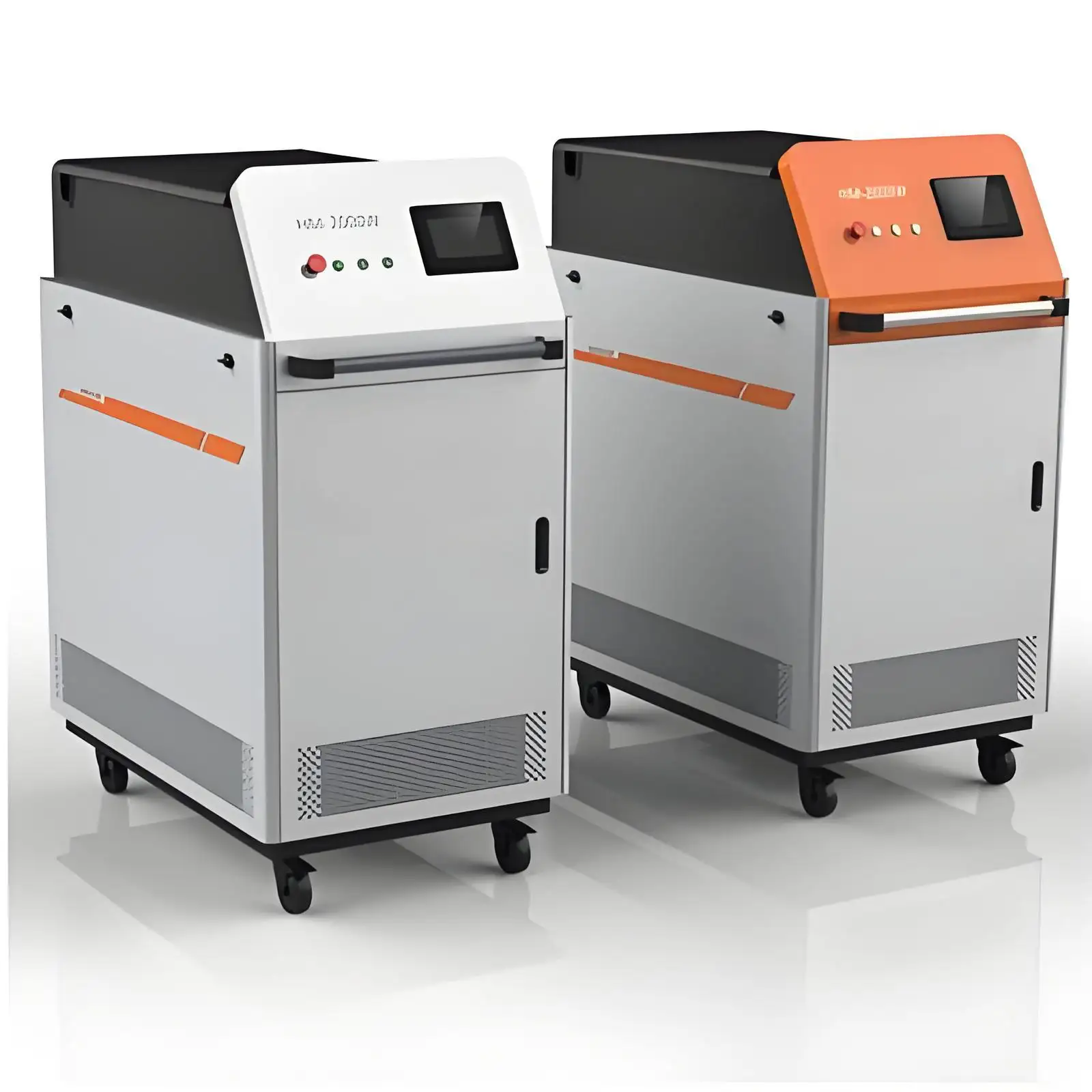
Potential Damage to the Substrate
Chemical rust removal solutions can sometimes damage the underlying substrate. If the chemical solution is left on the surface for too long or if the concentration is too high, it can corrode the metal or affect the properties of the material. This can lead to reduced strength, durability, or aesthetic problems.
Health Risks
Working with chemical rust removal solutions can also pose health risks to the operators. Exposure to acids and other chemicals can cause skin irritation, burns, respiratory problems, and other health issues. Proper personal protective equipment, such as gloves, goggles, and respirators, must be worn to minimize these risks.
Residue Issues
As mentioned before, chemical rust removal may leave behind traces of the chemical solution on the surface. This residue can affect the adhesion of subsequent coatings, such as paint or powder coating. It may also cause discoloration or other surface defects.
7. Factors to Consider When Choosing Between Laser and Chemical Rust Removal
Project Scale
The scale of the rust removal project is an important factor to consider. For small – scale projects or projects that require high precision, laser rust removal may be the better choice. For large – scale projects where speed is a priority, chemical rust removal may be more suitable.
Material Type
The type of material being treated also plays a role. Some materials may be more sensitive to chemical solutions, making laser rust removal a safer option. For example, aluminum can react with certain acids, so laser rust removal may be preferred for aluminum components.
Environmental and Safety Regulations
If your company operates in an area with strict environmental and safety regulations, laser rust removal may be the more compliant option. Chemical rust removal methods may require additional permits and safety measures to comply with regulations.
Budget
Budget is always a consideration. If you have a limited budget, chemical rust removal may be the more affordable choice in the short term. However, you need to factor in the long – term costs, such as the cost of chemical disposal and potential damage to the substrate.
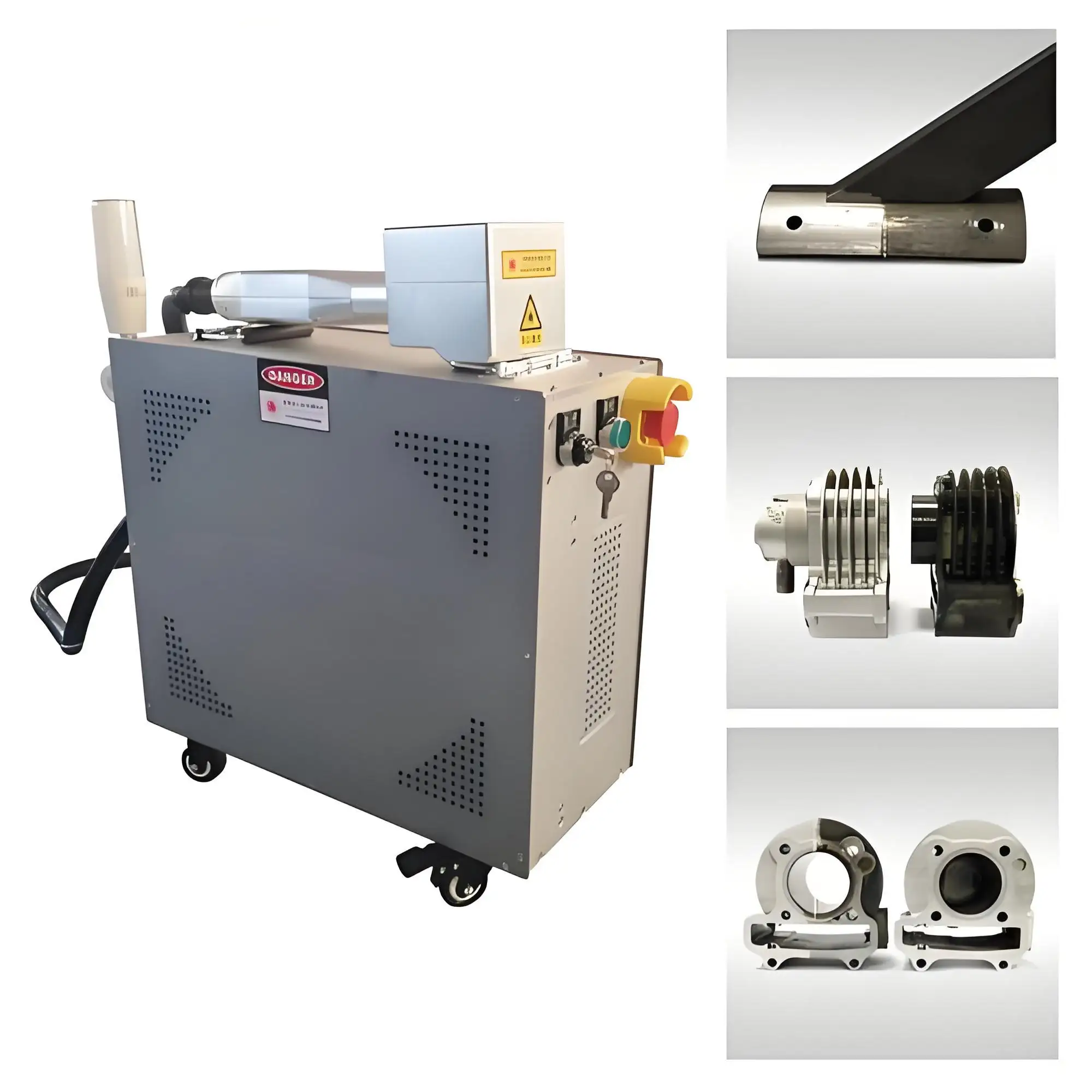
8. The Future of Laser Rust Removal and Its Potential to Replace Chemical Rust Removal
Technological Advancements
The field of laser technology is constantly evolving. New laser technologies are being developed that offer higher power, better beam quality, and improved efficiency. These advancements could make laser rust removal more cost – effective and faster in the future, potentially making it a more viable alternative to chemical rust removal.
For example, the development of ultra – short pulse lasers could enable faster and more precise rust removal with minimal heat – affected zones. This could further enhance the advantages of laser rust removal over chemical methods.
Increasing Environmental Awareness
As environmental awareness continues to grow, there is a greater demand for sustainable and eco – friendly solutions. Laser rust removal, with its lack of chemical waste and environmental hazards, is well – positioned to meet this demand. Governments and industries are likely to increasingly favor laser rust removal over chemical methods in the future.
Industry Trends
In some industries, such as the automotive and aerospace industries, there is already a trend towards using laser rust removal due to its precision and control. As these industries continue to expand and demand for high – quality surface treatment increases, the use of laser rust removal is likely to grow.
However, it’s important to note that chemical rust removal will likely still have a place in the market, especially for large – scale, low – cost projects where the environmental and safety concerns can be managed effectively.
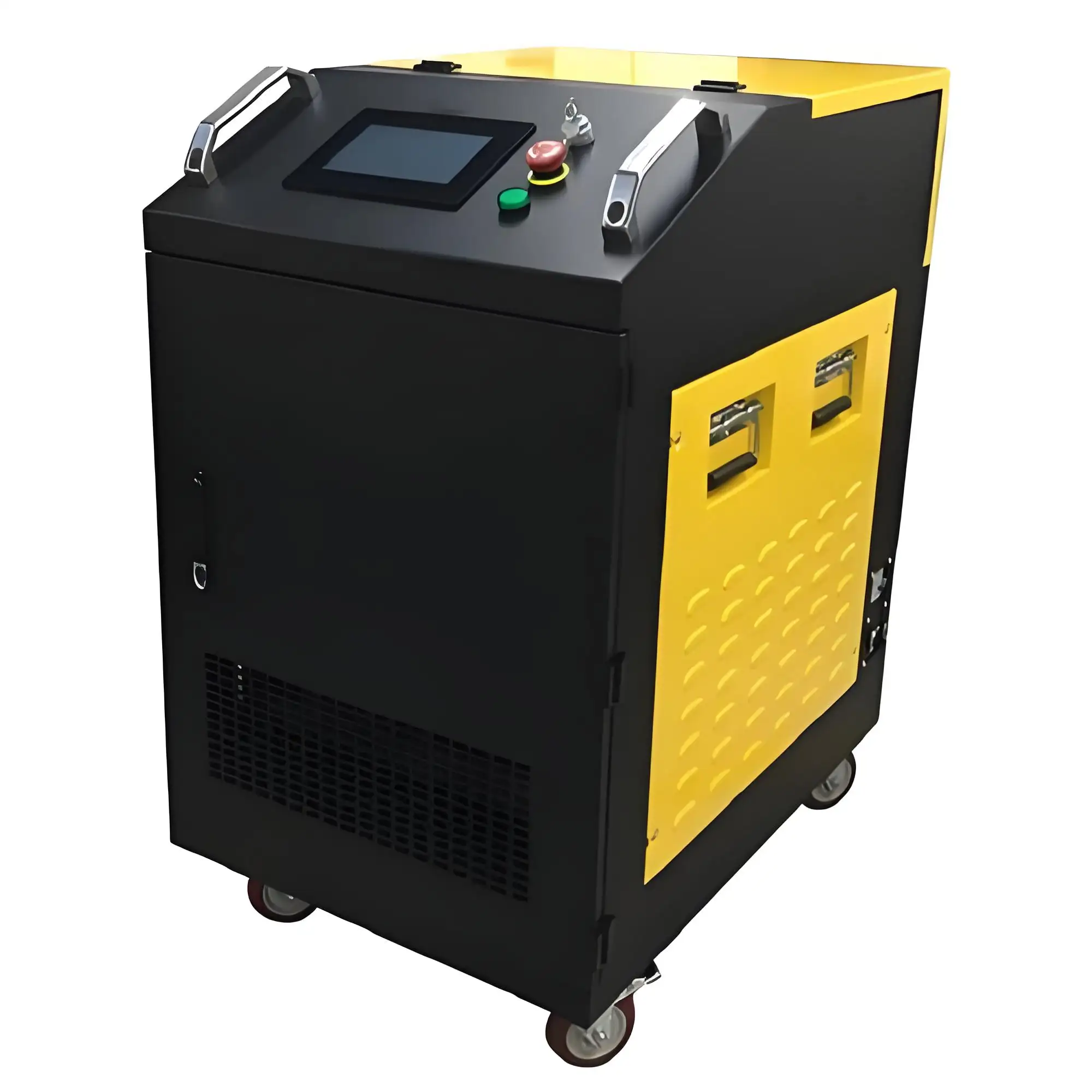
Related Questions and Answers
Q1: Is laser rust removal suitable for all types of metals?
A: Laser rust removal is generally suitable for most types of metals, including steel, aluminum, copper, and brass. However, the effectiveness may vary depending on the specific metal and the type of rust. For example, some metals may be more reflective to the laser beam, which could affect the rust removal efficiency. Additionally, the thermal properties of different metals may also play a role. It’s always a good idea to test the laser rust removal process on a small, inconspicuous area of the metal first to ensure that it doesn’t cause any damage.
Q2: How do I choose the right laser power for my rust removal needs?
A: The choice of laser power depends on several factors, such as the thickness of the rust layer, the size of the area to be cleaned, and the type of material. For light rust removal on small parts, a low – power laser (around 50 – 100W) may be sufficient. For heavier rust or larger areas, a higher – power laser (200W or more) may be required. It’s also important to consider the speed at which you want to remove the rust. Higher – power lasers can remove rust faster, but they may also be more expensive. Consulting with a laser rust removal equipment supplier can help you determine the right laser power for your specific needs.
Q3: Can chemical rust removal be made more environmentally friendly?
A: There are some steps that can be taken to make chemical rust removal more environmentally friendly. For example, using less toxic chemical agents, such as citric acid or phosphoric acid instead of strong acids like hydrochloric acid, can reduce the environmental impact. Proper containment and treatment of the used chemical solutions are also crucial. This can involve neutralizing the solutions before disposal or recycling them if possible. Additionally, implementing good housekeeping practices, such as minimizing chemical spills and using appropriate personal protective equipment, can help to reduce the overall environmental and health risks associated with chemical rust removal.
Q4: How long does the rust removal process take with laser compared to chemical methods?
A: The time it takes for rust removal depends on various factors, including the severity of the rust, the size of the area, and the method used. For small parts with light rust, laser rust removal can be very fast, often taking just a few minutes. However, for large objects with heavy rust, chemical rust removal methods may be faster due to the ability to apply the solution to the entire surface at once. In general, laser rust removal is more efficient for precision work on small to medium – sized areas, while chemical methods may be better for large – scale, rapid rust removal.
Q5: What are the long – term costs associated with laser rust removal compared to chemical methods?
A: The long – term costs of laser rust removal include the initial cost of the equipment, maintenance and repair costs, energy consumption, and the cost of replacing consumables such as lenses and filters. Chemical rust removal methods have long – term costs related to the purchase of chemical solutions, disposal costs, and potential damage to the substrate that may require additional repairs or replacements. While the initial cost of laser rust removal equipment is high, the long – term costs may be more manageable in some cases, especially when considering the environmental and safety benefits. It’s important to conduct a cost – benefit analysis based on your specific needs and circumstances to determine which method is more cost – effective in the long run.
In conclusion, while laser rust removal has many advantages over chemical rust removal, such as environmental friendliness, precision, and no residue, it also has some disadvantages, including high initial cost and limited speed for large – scale projects. Chemical rust removal, on the other hand, is more affordable and faster for large – scale applications but poses environmental and safety hazards. The choice between the two methods depends on various factors, including the project scale, material type, environmental regulations, and budget. As technology continues to advance and environmental awareness grows, laser rust removal has the potential to become a more widely used and preferred method in the future, but chemical rust removal will likely still have a role to play in certain applications.






